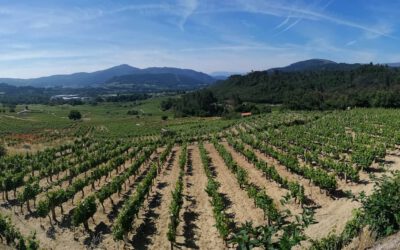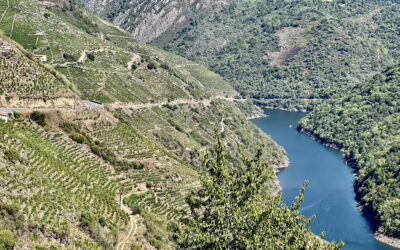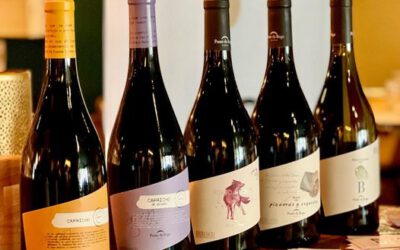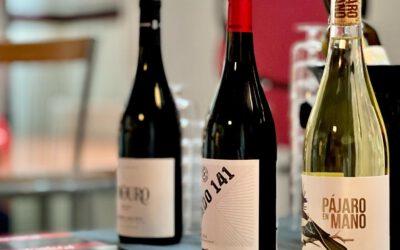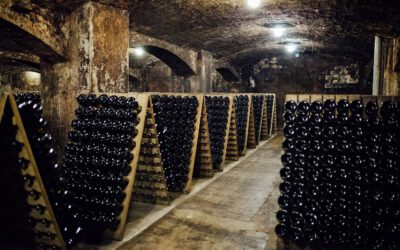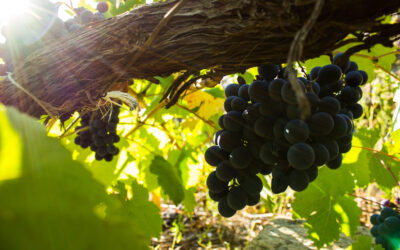Rías Baixas DO: Cradle of Albariño grape variety
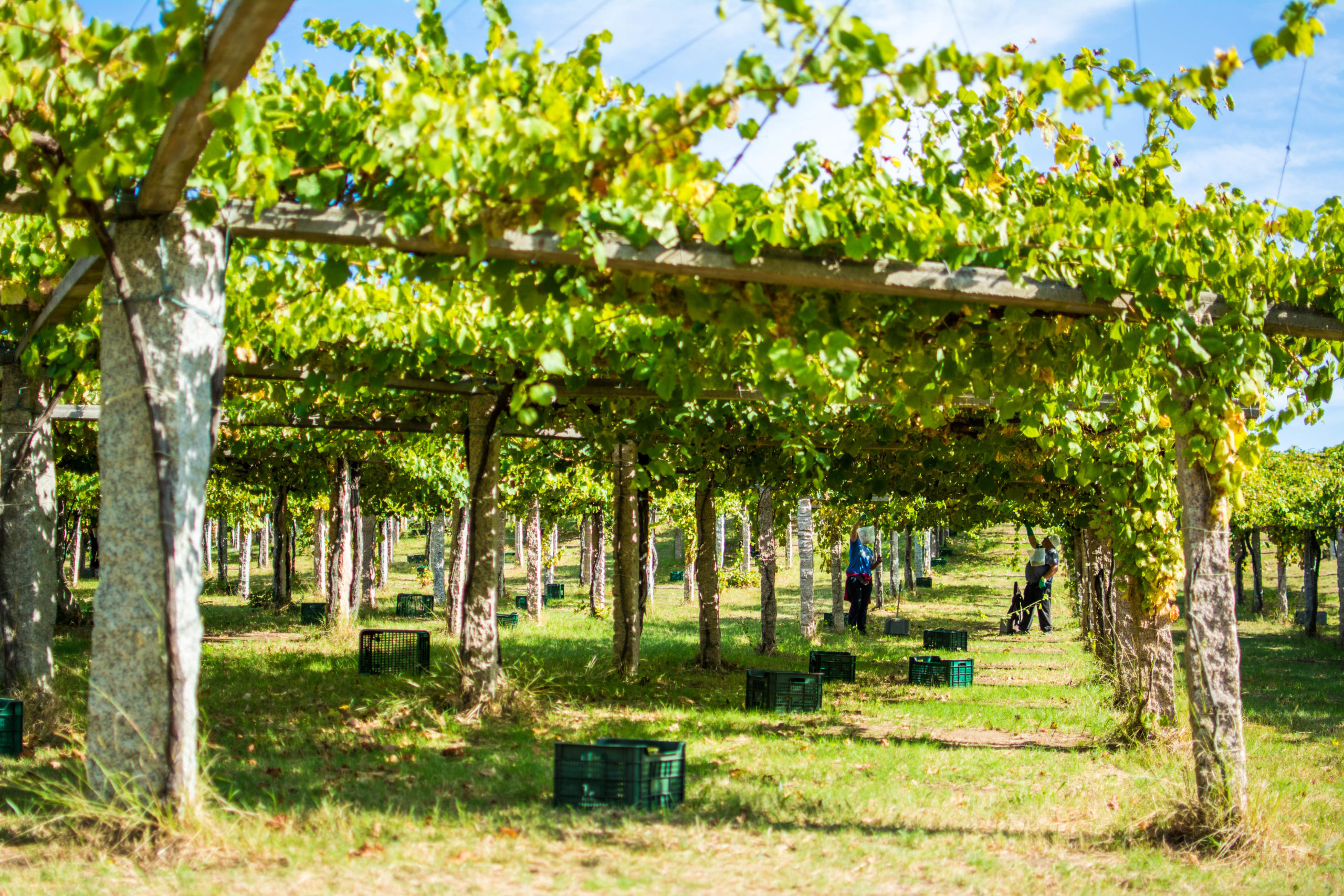
The Galician Rías Baixas are a privileged region for the cultivation of vines. There is a deep winemaking tradition in this area, which has been passed down generation after generation. But it was not until 1988, with the constitution of its Regulatory Council, that the sector acquired a fundamental weight.
The firm commitment to native varieties defines the essence of the area, as they were the ones that best adapted to its climate and soil. These varieties give the wines a unique and genuine personality.
The cultivation of these native varieties demonstrates the existence of a varietal richness capable of customizing the wines of the regions or five sub-zones of the Rías Baixas DO: Condado do Tea, O Rosal, O Salnés, Ribeira do Ulla and Soutomaior.
In Rias Baixas, a multitude of varieties have been planted and are planted, ranging from Loureira, Torrontés, Verdello, Brancellao Blanco, Caíño Blanco, Blanco De Lama, among the whites; or Caíño Brabo, Caíño Gordo, Brancellao, Loureira Tinta, Mencía, Dozal, Pedral, Sousón, Verdello Tinto or Tinta Femia.
The queen variety in this DO is the Albariño grape variety. It accounts for 96.5% of production. In 1975 there were 200 hectares under cultivation, today there are more than 4,000. A clear proof of how Albariño has been spreading in this area in a masterful way.
In Rías Baixas, soils and climates perfectly embrace the Albariño, which is very resistant to adverse weather. A variety that confers a large part of the personality of wines with a marked Atlantic character.
One exceptional characteristic of the Albariño grape variety is that it maintains a richness in acids that very few varieties achieve in the world. This, together with a richness in aromatic and flavour components, make their wines very identifiable.
As far as the vineyard is concerned, it is mostly emparrado (you can see on the photo) because it allows greater exposure of the grapes to the sun, also ventilation and being further away from the ground allows it to be removed from humidity.
The Rías Baixas DO is fully integrated into the great Atlantic region and its climatic dynamics are those of this area. Winters are mild. For example, in January, the coldest month of the year, the temperature is close to 10 ºC. In terms of rainfall, 600 mm, of the annual average of 1,600 mm, is collected during this season.
Spring in Rías Baixas is “early and rainy”, with the danger of frost, which is greater inland. During the summer season, rains are infrequent and inabundant, while temperatures remain mild thanks to the fresh air. In the autumn months, the storms enter one after the other, leading to a very rainy season.
